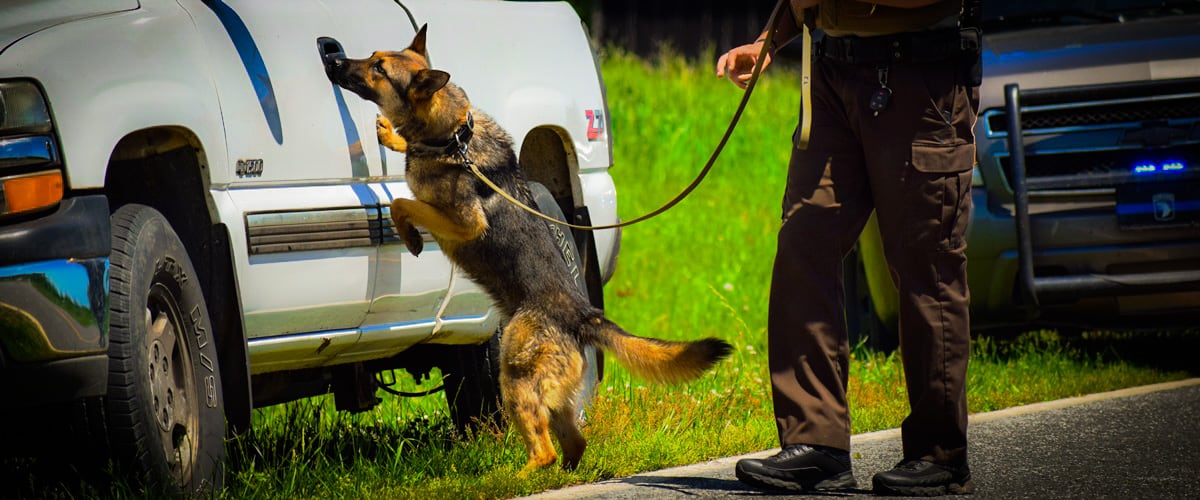It has been a long-held theory that residual odors will remain long after a substance has been removed at levels that are detectable by a well-trained detection dog. It has also been understood that residual odor can be transferred from one place to another. Over the years, the courts have recognized that detection dogs will alert to residual odor. However, one important question is still unanswered: how long will residual odor remain at a level that is detectable to a dog?
One recent US Supreme Court case raised the question of how long residual odor will remain on a door handle of a vehicle. The Florida v. Harris decision examined a traffic stop that occurred on June 24, 2006 when Liberty County, Florida Sheriff’s Deputy Wheetley stopped Clayton Harris’s truck for an expired tag violation. Wheetley noticed that Harris was visibly nervous and appeared agitated. The deputy also noticed an open container of beer in the truck. After the defendant refused consent to search the truck, Deputy Wheetley deployed his drug detection dog, Aldo, to sniff the truck. Soon after, Aldo alerted on the driver’s door handle of the truck.
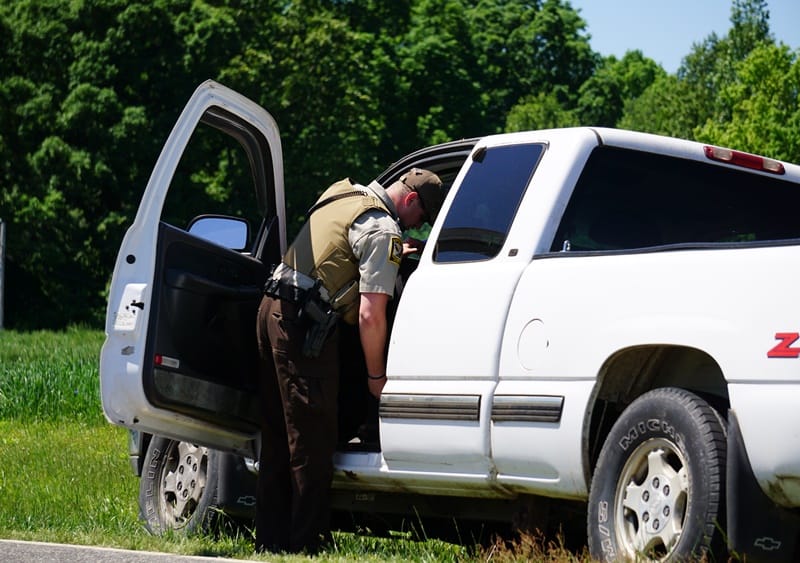
Upon searching the truck, Deputy Wheetley found over 200 pseudoephedrine pills, 8000 matches and other materials used in the manufacture of methamphetamine. The suspect, Harris, later admitted that he had been “cooking meth” for about a year and that he frequently used meth. No methamphetamine was found in Harris’ truck, however the State charged him with possession of chemicals used to manufacture methamphetamine.
Approximately two months later, Wheetley again stopped Harris for a traffic infraction and again deployed his drug dog, Aldo. Again, Aldo alerted to the door handle on the driver’s side of the vehicle. The officer subsequently searched the vehicle and found no illegal substances, only an open bottle of alcohol.
At trial, the defense argued that the dog, Aldo, had alerted to the defendant’s vehicle on two separate occasions and that on both occasions, no drugs had been found inside the vehicle. The defense then attempted to bring into question the reliability of the drug dog and the basis for the subsequent search of the defendant’s truck. Concerning the alert in this case, Wheetley testified that Aldo apparently alerted to residual odor of methamphetamine on the door handle of the truck. Deputy Wheetley testified on cross-examination:
Officer Wheetley: When my dog alerts to a door handle, it usually means, in the cases which I have worked in the past, that somebody has either touched the narcotics or have smoked narcotics, the odor is on their hand. When they touched the door handle is when the odor transfer occurs. And that’s when my dog will pick up on the residual odor of the narcotics.
Defense Counsel: So you have no idea—do you know how long ago somebody might have touched that vehicle?
Officer Wheetley: Ma‘am, you’re asking me a question for an expert. I don’t feel comfortable answering that.
Purpose for the Study
In early 2016, we embarked on a research project to determine the amount of time that residual odors would remain, at detectable levels, on certain substrates. There were several questions that we hoped to answer during the study. First, does one drug odor remain longer than others? Secondly, does the substrate, or item containing the residual odor, have any impact on how long the residual odor will remain? Finally, could residual odor be available at a detectable level days after the material had been removed, and if so, could it still be present weeks later?
Residual Odor Research Criteria
This research consisted of permeating a total of six different substrates with three separate drug odors. The drug odors that were used included Cocaine, Marijuana and Heroin. The substrates consisted of 12-inch square High Density Polyethylene boxes, single Ziploc bags, 10-inch square cotton washcloths, metal pint size paint cans, 11-inch by half-inch square automotive upholstery and 14-inch square cardboard boxes. All of the items used in the testing were new and uncontaminated. Three dogs were used during the testing and all three dogs had been imprinted, trained and had real finds during field activities. The group of dogs included a male Labrador Retriever, a male Belgian Malinois and a female Labradoodle.
Each item was permeated with an individual drug odor for exactly four hours and then the material was removed. Testing the dogs for their recognition of the residual odor began immediately once the material was removed and was repeated every four hours. As testing continued, the evaluations were delayed, to be conducted every 12 hours and eventually every 24 hours. It is also important to note that all the items used in the testing were stored inside and were not exposed to weather conditions that would have been present if the items had been stored outside.
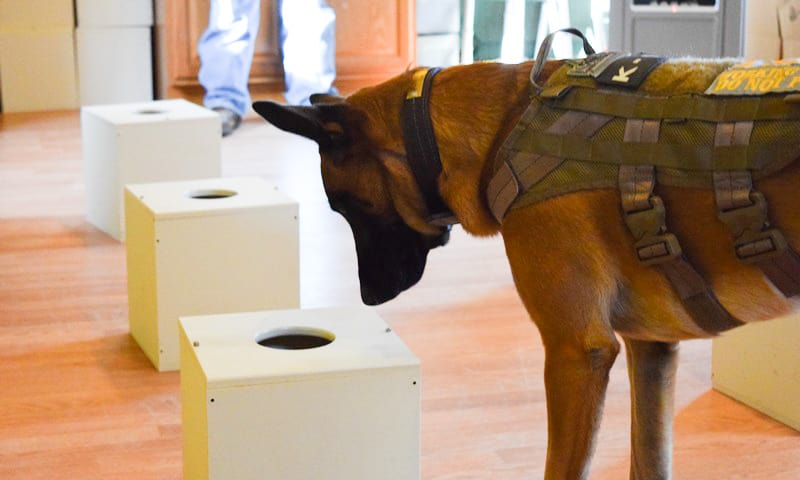
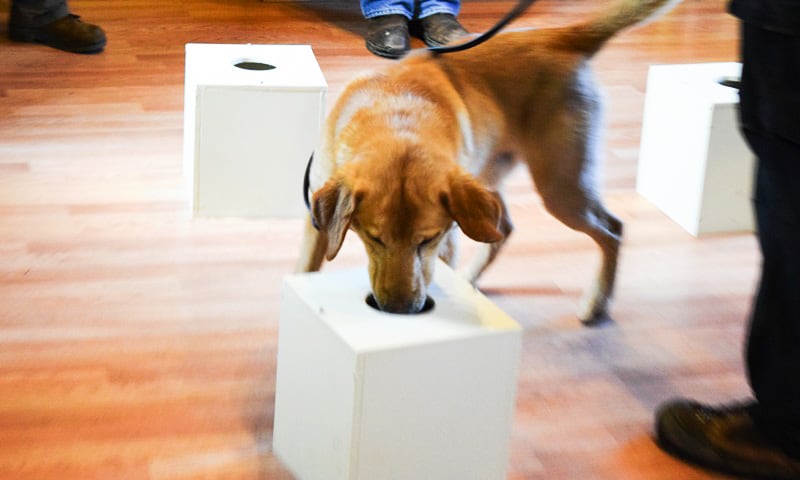
Each session of testing consisted of the items that had been permeated being presented to the dogs while being comingled with at least four other like items that were “blank”, as these items had not been permeated to contain residual odor. The order in which the items were staged was randomized and the items that contained the residual odor were unknown to the handler. An alert to the item was recorded when a dog demonstrated a behavior or series of behaviors that were consistent with previous alerts where narcotic odors were. Each session was scored by the same evaluator and each session was recorded on video for review.
Research Findings
The project included 65 separate trials with the three dogs, which resulted in 900 total runs. Cocaine odor was first to become undetectable in the metal paint can after an average time of 23 hours. Cocaine odor consistently diminished first across substrates throughout the remainder of the testing. Marijuana odor began to diminish in detectability next when presented in the paint can after an average time of 44 hours. Heroin odor was the last odor to remain at a detectable level across many of the substrates, remaining at a detectable level in the paint can for an average of 524 hours.
Overall, the dogs had an average of 70 percent detectability across all substrates at the close of the research. The cotton washcloth, auto upholstery and Ziploc bag maintained odor in a manner that retained a 100 percent rate of detectability. The HDPE boxes generated a 77 percent retention rate that was detectible. Metal paint cans and cardboard boxes produced a lower rate of retention with only a 22 percent rate of detectability.
The research concluded after 636 hours had passed since the materials had been removed from the substrates. This was a total of 26.5 days that had elapsed. To say the least, we were quite surprised at the length of time that residual odor was still detectable to the dogs. It is also important to note that it is highly likely that residual odor remains long after the 636-hour time frame that was established in this study and our research ended only because scheduling made it impossible for us to maintain.
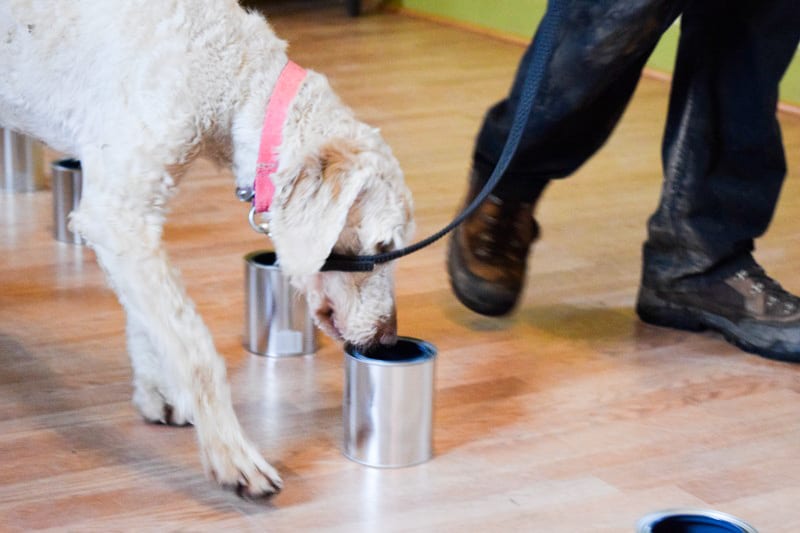
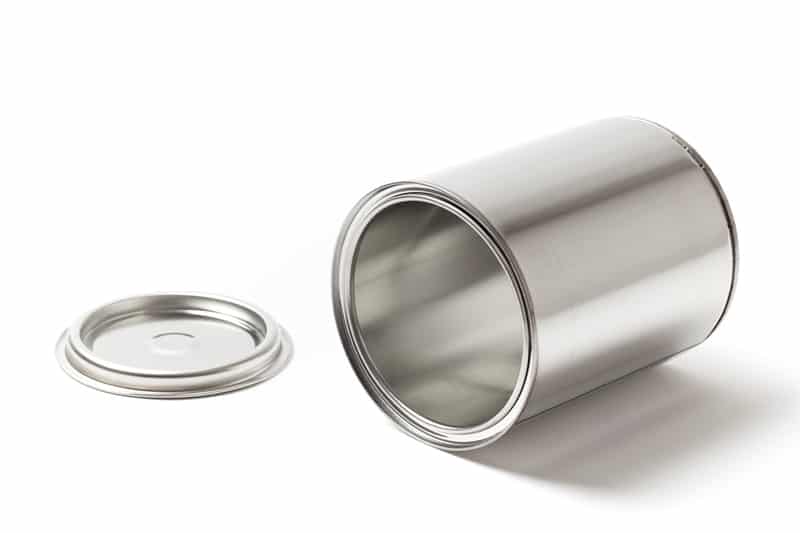
What We Learned
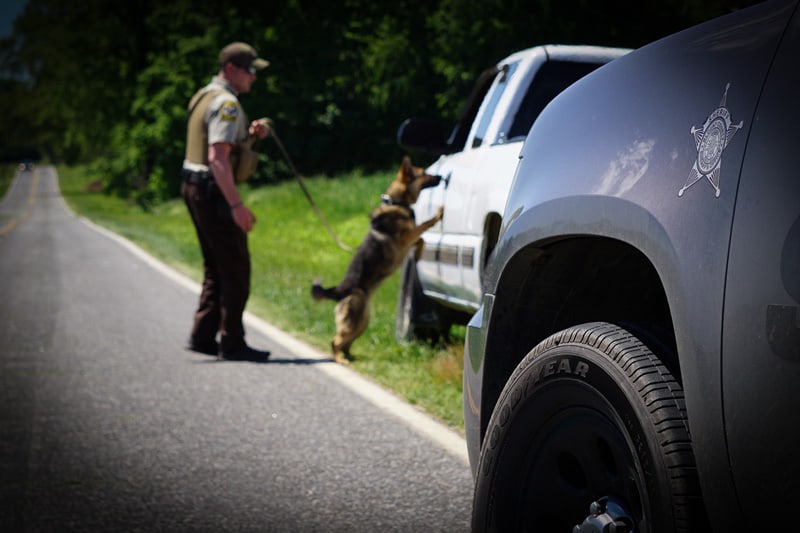
It is common for a drug dog to alert to a vehicle and a search reveals no drugs but leads to evidence of other crimes. Often, justification for the search is based on a K9 response to residual odor that remains on or in a vehicle. The information that was developed in this research can help in courtroom testimony by validating alerts and responses by trained dogs when no drugs have been found. This information can also help to corroborate the reliability of the detector dog, particularly on occasions when occupants of the vehicle admit that odor was previously in the car. It may also be helpful to establish training scenarios that intermittently involve the application of residual odor that has been left for extended time to further demonstrate the credibility of individual K9 teams in criminal cases.
This information can also be helpful in a variety of training stages with detection dogs. From imprinting to advanced skills training, our increased awareness of residual odor can help to eliminate potential pitfalls in our training program. All too often, K9 handlers conduct detection training in the same venues consistently. In these cases, the dog will alert to an area where odor was placed a week or two prior. Frequently, this alert is dismissed as the dog “generalizing” or simply “remembering” where they were rewarded in the past. Based on the findings of this research, we should reconsider if this response by the dog is in error as well as being mindful of the time elapsed between detection training sessions in the same location.

